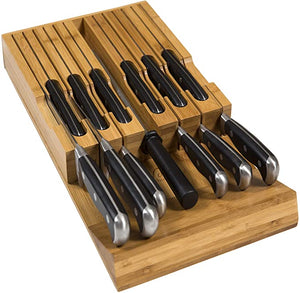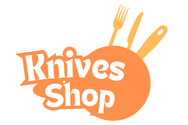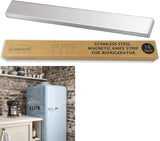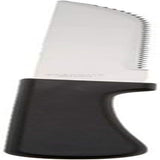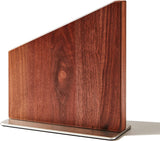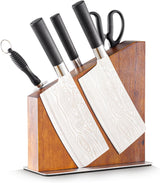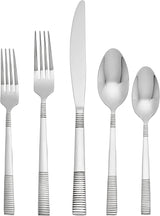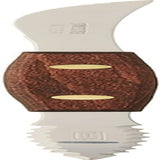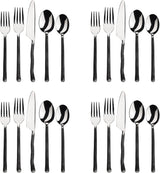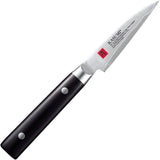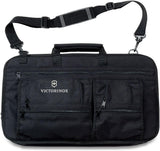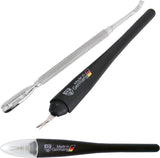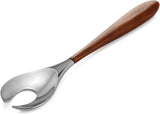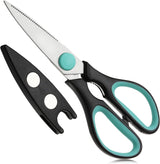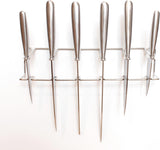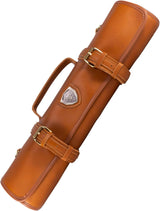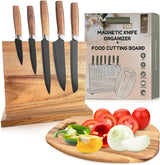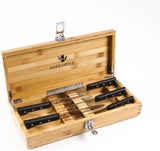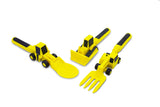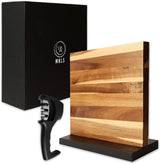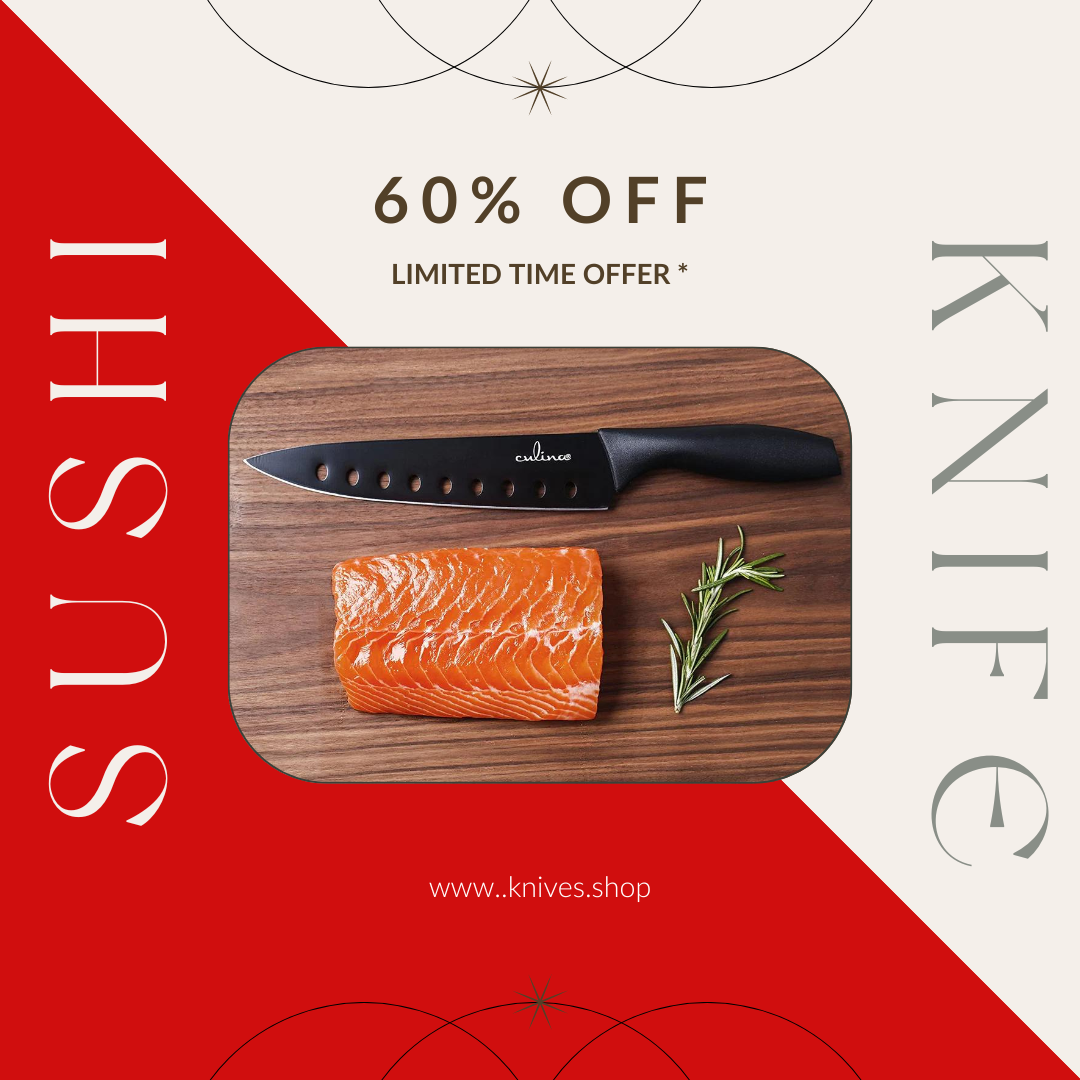When it comes to the culinary world, having the right tools is crucial, and knives are no exception. Choosing the appropriate knife for cutting bread, whether its a robust sourdough or a light brioche, can significantly enhance your experience. So, which knife is ideal for bread cutting? In this comprehensive guide, well delve into the vital features, different knife types, and important factors to consider when selecting the perfect tool for slicing bread.

Importance of Selecting the Right Knife
Cutting bread is both a skill and an art form. Using the wrong knife can lead to crushed or torn loaves instead of perfect slices. For culinary professionals who prioritize aesthetics and efficiency, a quality bread knife is essential. It offers clean cuts while maintaining the bread's integrity, making it easier to present or serve.
Essential Features of Bread Knives
What distinguishes bread knives from other types? Here are the critical features to consider:
1. Serrated Edge
A key characteristic of a good bread knife is its serrated edge. The saw-like teeth grip the bread's surface, enabling effortless slicing without applying excessive pressure, which is crucial for fragile loaves.
2. Blade Length
Most bread knives range from 8 to 10 inches in length. A longer blade allows you to slice through wider loaves or larger artisan breads in fewer strokes, ensuring efficiency.
3. Comfort of Handle
An ergonomic handle is vital for extended use. For chefs who spend hours preparing meals, a poorly designed handle can lead to discomfort and fatigue.
4. Material and Thickness
Opt for a high-quality stainless steel blade that strikes a balance between durability and sharpness. Adequate thickness also provides stability during slicing.
Types of Bread Knives to Consider
When deciding which knife is best for cutting bread, understanding the various types available can simplify your choice. Here are the most common options:
Classic Serrated Knife
This is the most popular choice among bakers, and for good reason. Its serrated edge allows for easy cutting of crusty bread, preserving the soft interior. It's perfect for everything from baguettes to ciabatta.
Offset Serrated Knife
The offset handle design helps keep your hand away from the blade, promoting better control and reducing the chances of hitting your knuckles against the cutting board.
Double-Serrated Bread Knife
A lesser-known but efficient choice, the double-serrated knife features dual serration for enhanced cutting precision, making it suitable for denser breads or pastries with tougher crusts.
Japanese-Style Bread Knives
These knives are renowned for their thin, precise blades and often incorporate scalloped or micro-serrated edges, making them ideal for slicing softer breads like challah or brioche.
Recommendations from Culinary Experts
Below are some standout bread knives that professional chefs highly recommend:
- Wsthof Classic Bread Knife: Celebrated for its exceptional sharpness and made from high-carbon stainless steel, its a time-tested favorite among chefs.
- Shun Premier Bread Knife: Merging style and functionality, this knife showcases a Damascus finish with an ergonomic handle for a comfortable grip.
- Victorinox Fibrox Pro: Offering affordability without sacrificing performance, this is a top pick for budget-conscious professionals.
- Global Sai Bread Knife: Featuring a modern design and razor-sharp serrated edge, it slices with precision.
Care and Maintenance for a Bread Knife
The lifespan of any knife is closely tied to how well it's maintained. Professionals often adopt meticulous care practices for their tools. For in-depth cleaning instructions, check out this guide to keep your knives in optimal condition. Always ensure your bread knife is dried thoroughly before storing it away.
Effective Techniques for Using a Bread Knife
Selecting the right knife is just one part of the equation. Here are a few tips to boost your slicing efficiency:
- Utilize a sawing motion when cutting crusty breads; avoid pressing down hard.
- Stabilize the loaf with your non-dominant hand, positioned opposite the blade.
- Always slice on a wooden or plastic cutting board to avoid dulling your blade too quickly.
Frequently Asked Questions
1. Is it okay to use a regular kitchen knife for cutting bread?
While its possible, its far from ideal. Regular kitchen knives lack the serrated edge needed for cutting through crusty or soft breads without crushing them.
2. How often should I sharpen my bread knife?
Serrated knives dont require frequent sharpening. Generally, once every year or two is adequate for regular use.
3. What is the difference between a bread knife and a carving knife?
Bread knives feature a serrated edge specifically crafted for slicing bread, while carving knives typically have straight edges suitable for meats.
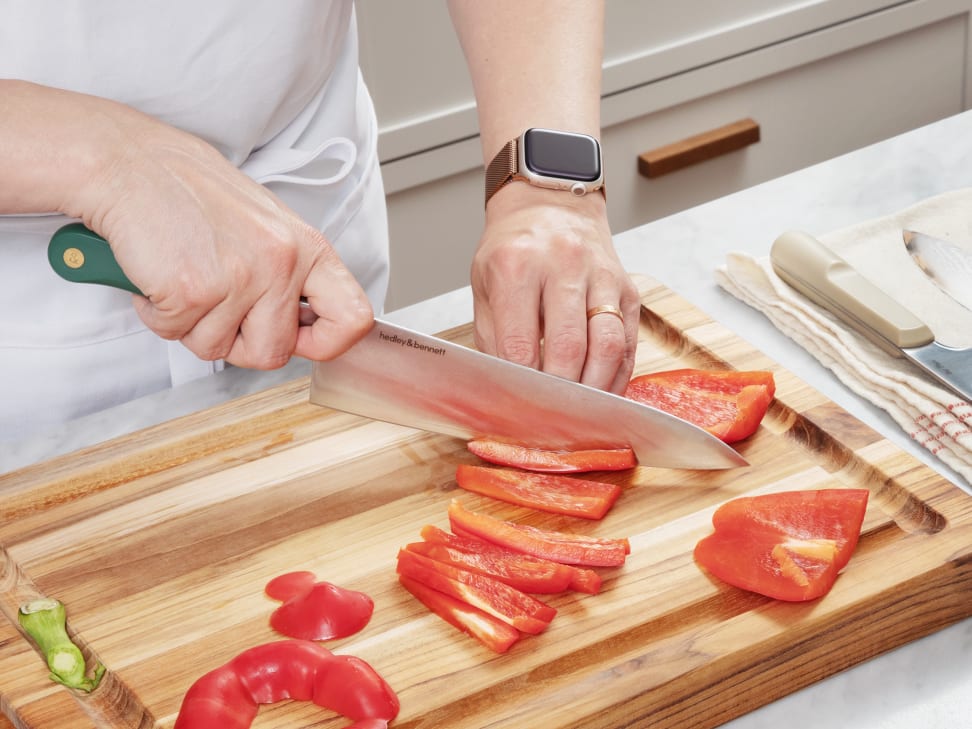
Wrapping Up
For culinary professionals, determining which knife is best for cutting bread comes down to recognizing the type of bread you'll be working with and investing in a durable, top-quality knife. Making the right selection can streamline your workflow and elevate your presentation. For more insights on knife sets, and additional information about kids' knives or black German steel, check out our expert tips. When it comes to kitchen tools, a well-informed choice can make all the difference!
This article contains affiliate links. We may earn a commission at no extra cost to you.
